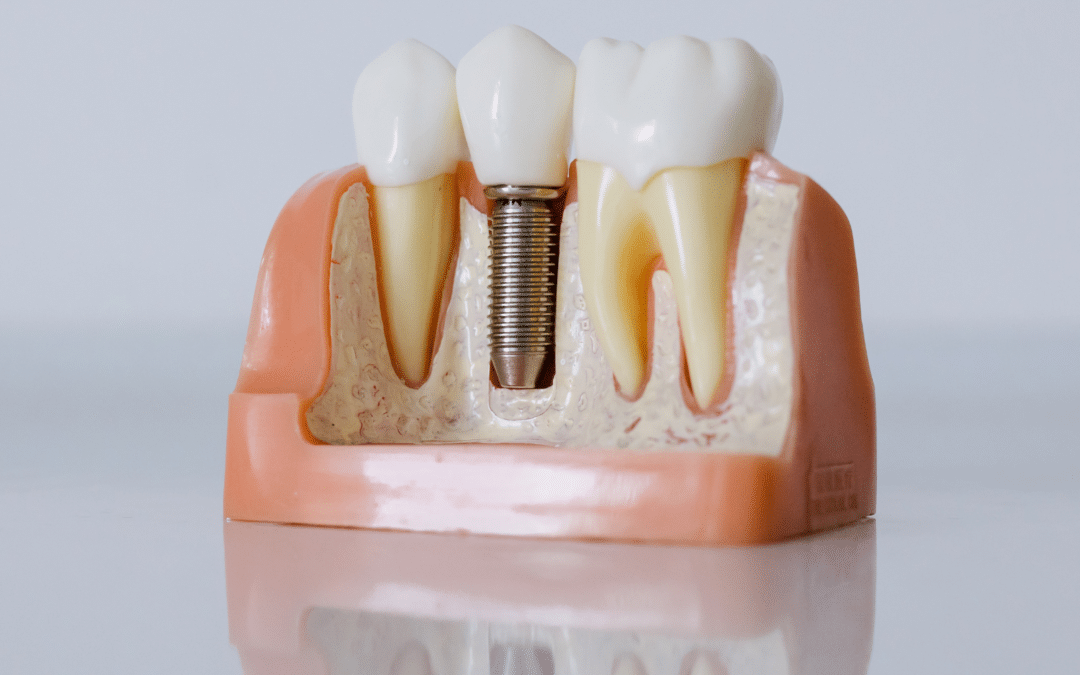Dental implants are artificial teeth that look and function like a natural tooth. Three components make up an implant. First, the implant itself is shaped like a screw and drilled into the bone where the tooth is missing. Second, a connecting agent called an abutment secures the artificial tooth to the existing teeth. Third, the prosthetic tooth, the crown, typically made from porcelain which is placed where the missing tooth existed. Here is what you need to know about dental implants:
Types of Dental Implants
There are common types of implants most dentists use. These implants are endosteal and subperiosteal:
Endosteal Implants
These implants can either come in a screw or circular shape, or flat plates. Your dentist will determine which shape is the best for your situation.
Subperiosteal Implants
These implants are a great option for patients with a structurally weak jawbone that cannot be drilled into. These implants are placed between the gum line and the jaw bone. Transosteal implants are U-shaped metal implants that circumvent the jaw bone.

How Dental Implants Work
Dental implants are well worth the time and process. Though it may seem like an arduous procedure, the patient results with a tooth that functions and looks natural. The results can vary for each patient and your dentist will take you through the steps involved for the procedure and recovery.
The first thing the dentist will do is conduct an evaluation of the affected area. They will extract the damaged tooth. This procedure requires recovery time so your dentist will discuss a date that works best for you.
If the jawbone is too weak to endure the drilling, and placement of a foreign object; gum grafting is required. A strong durable foundation is required to have a successful implant. Grafting includes removing the bone from another part of the body. Usually the bone is removed from the patient’s hip and then relocated to the jaw. After the procedure, some patients may require a longer recovery period.
Before the procedure, the dentist will give anesthetic options. After going under, the dentist will make an incision in the area that they are placing the implant. They will expand the hole to fit the root of the dental implant. After putting the implant in place, they will put a healing cap over top and use the surrounding gum flare to cover it up. After the area is healed, a permanent crown will be inserted. This healing process can take from weeks to months, and the crown will not be inserted until the area has fully recovered.
Dental Implant Recovery
Recovery can take from a few weeks to months, this varies for each patient. The most important aspect of receiving an implant is caring for it. You should always brush and floss your teeth a minimum of two times a day. Your dentist will show you the best method for brushing and flossing around your new implant.
Dental implants are a great substitute when comparing to dentures or bridges. Implants look and function like a natural tooth and can last for a lifetime. Keeping up with your oral care is essential to maintain a healthy smile. If you are missing, or have cracked a tooth, consider dental implants as an option. Dentistry Thirty Two offers comprehensive dental services; visit our website to learn more.

